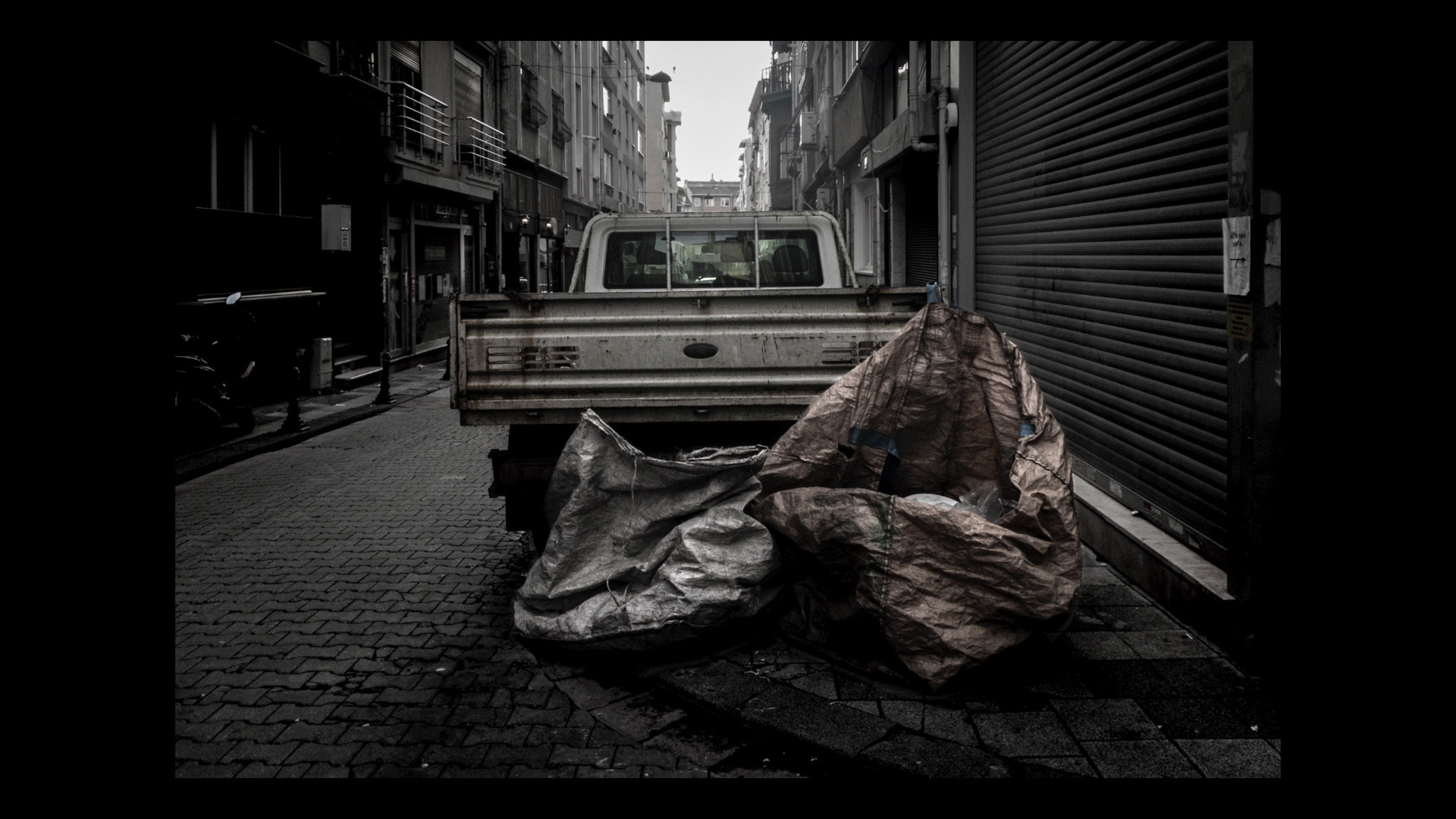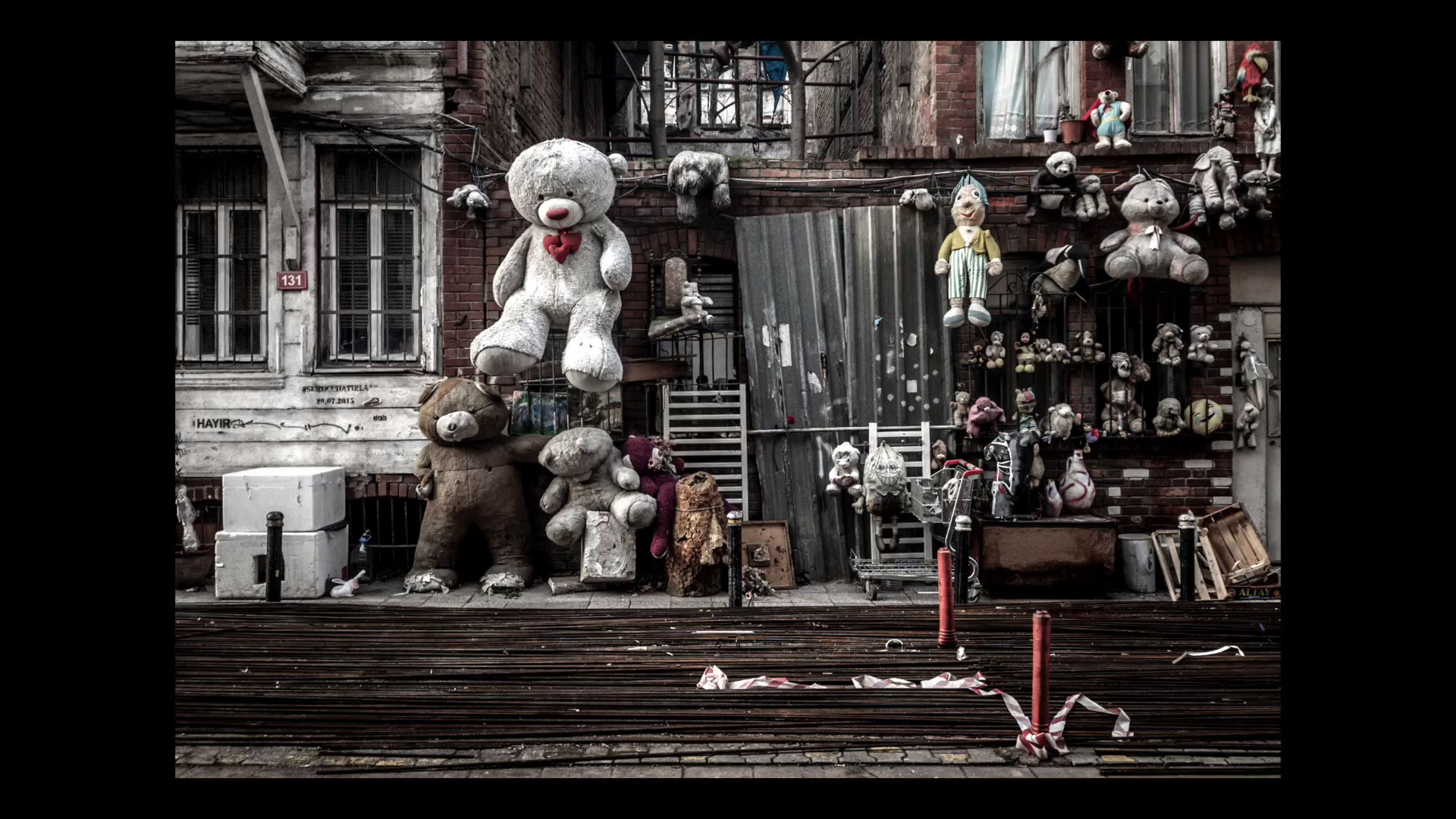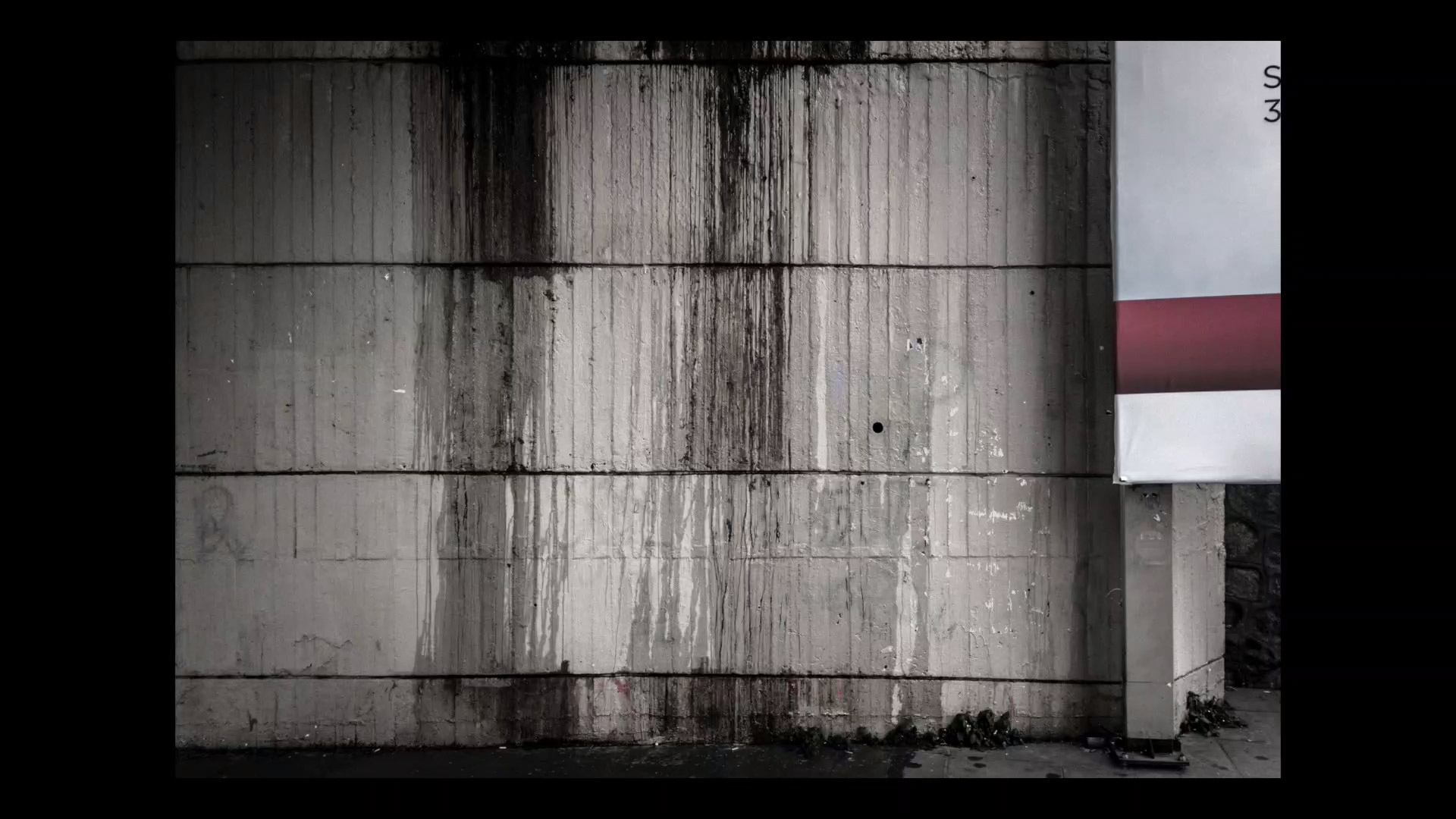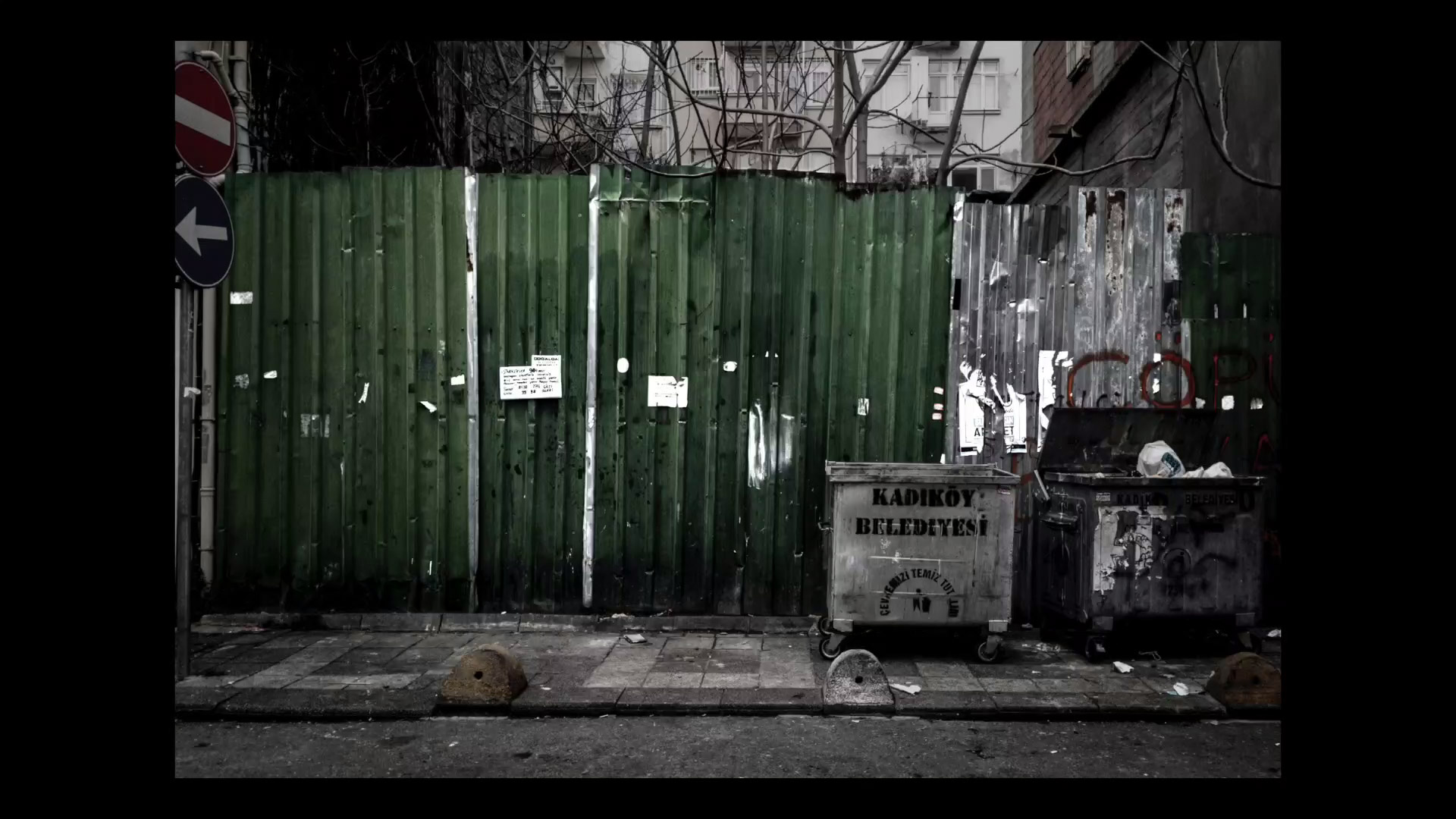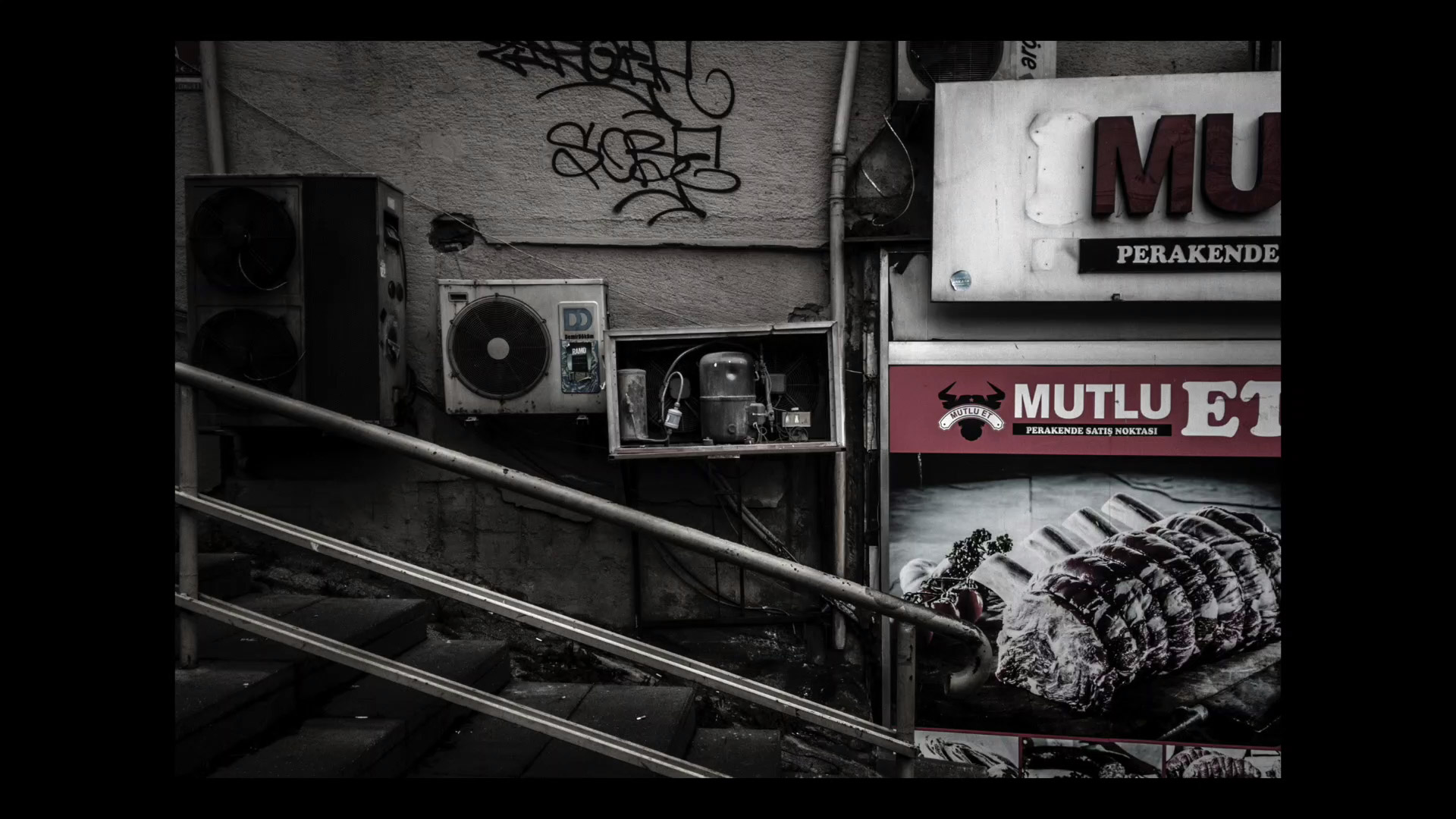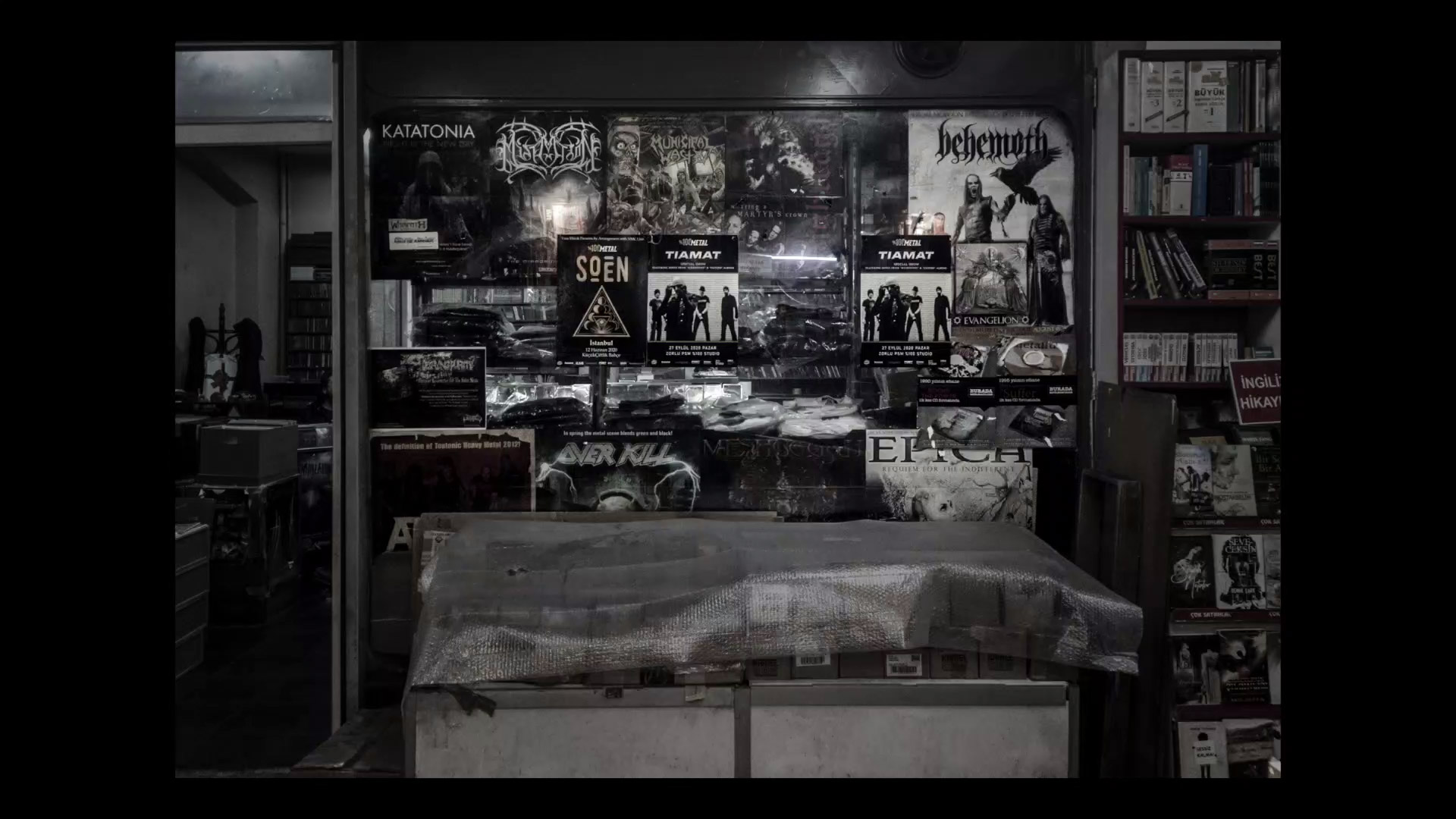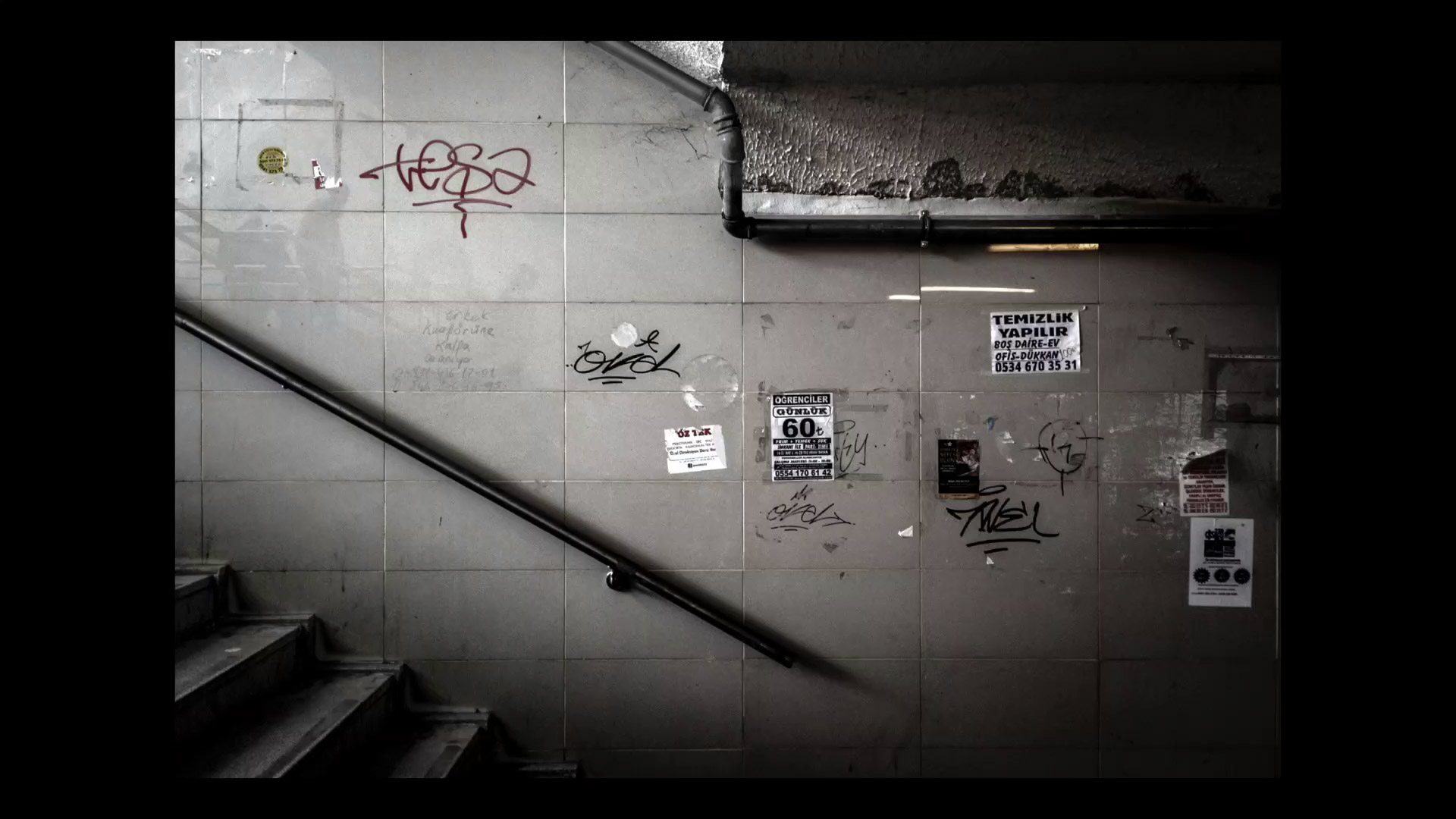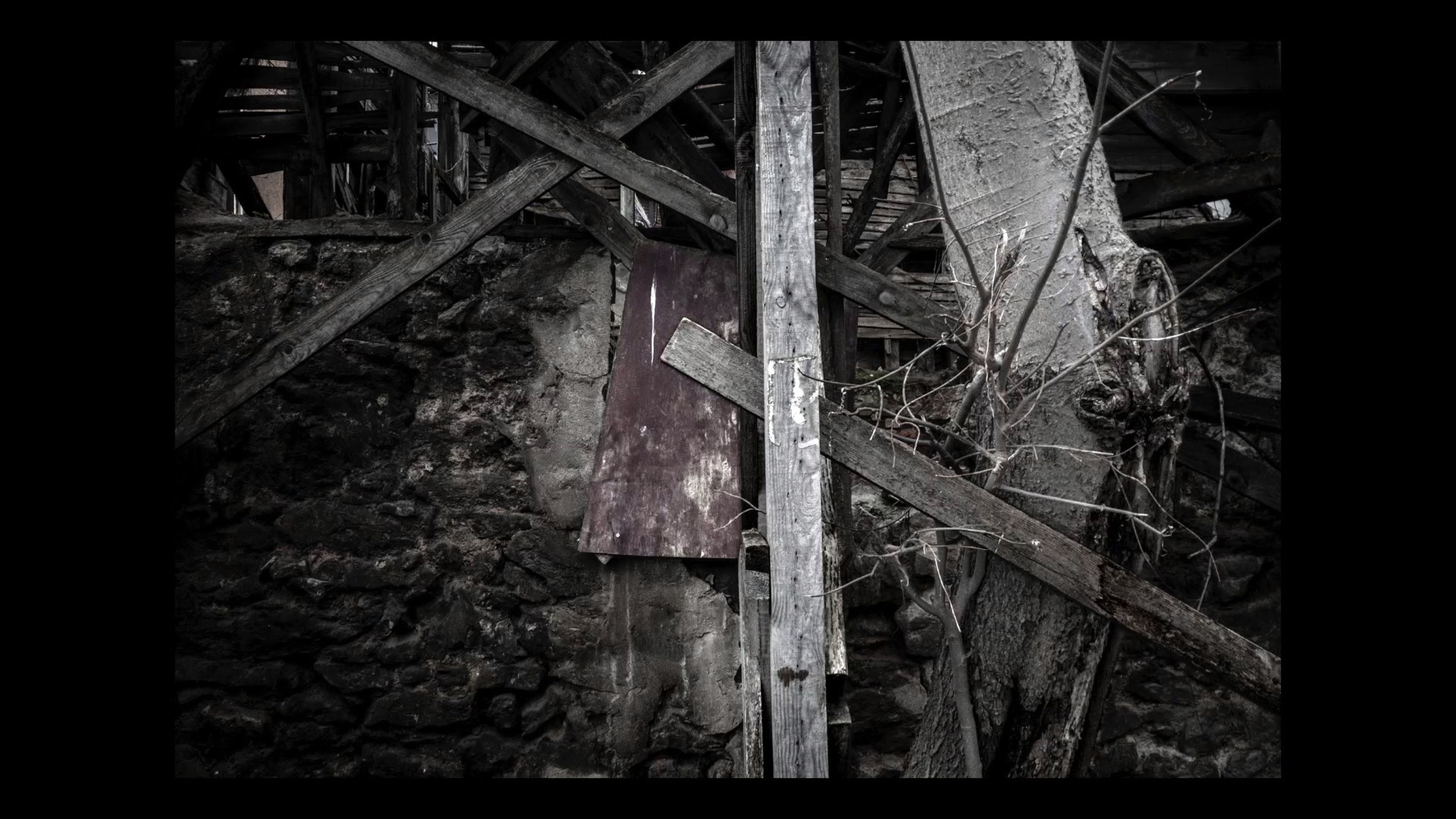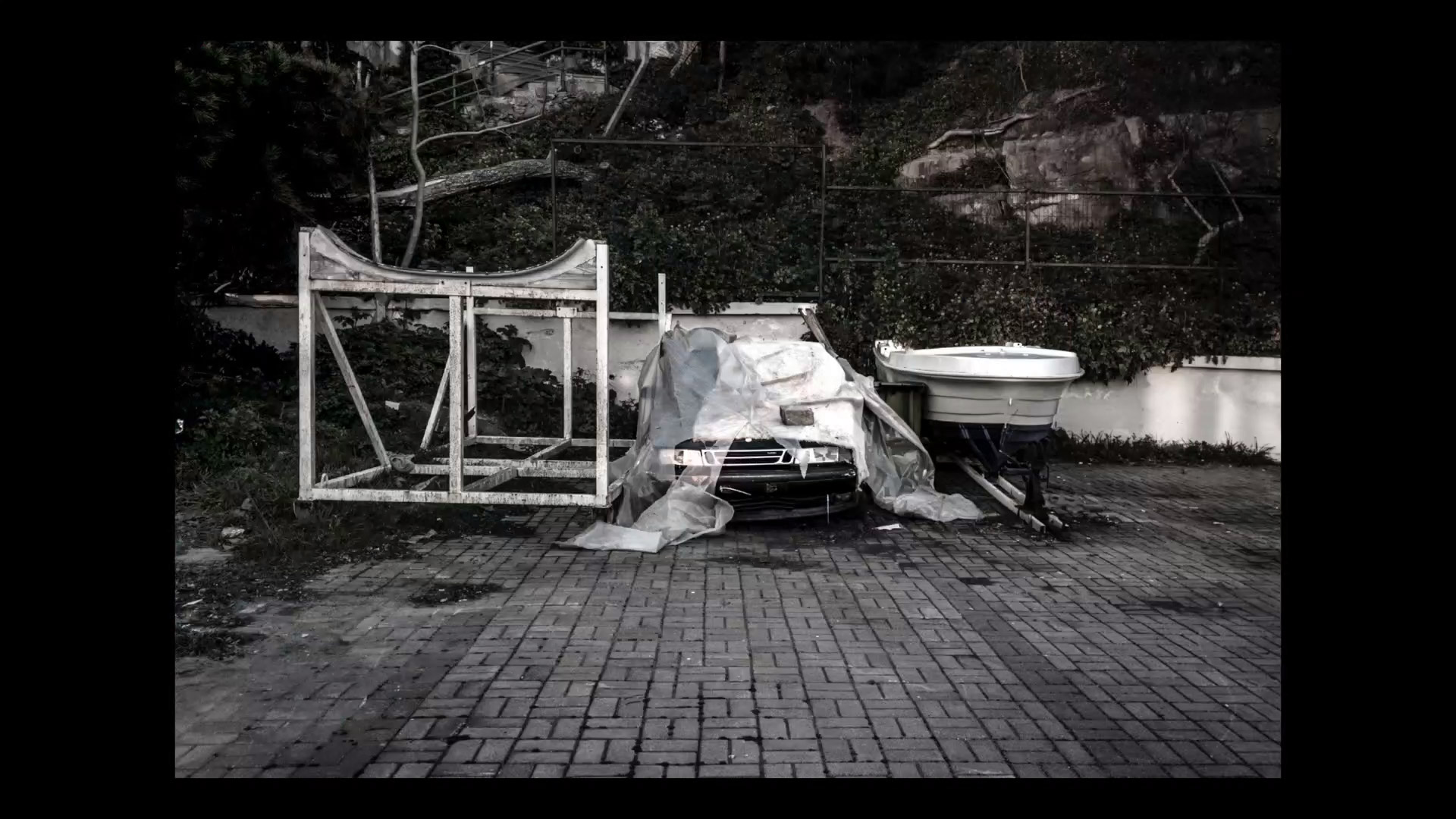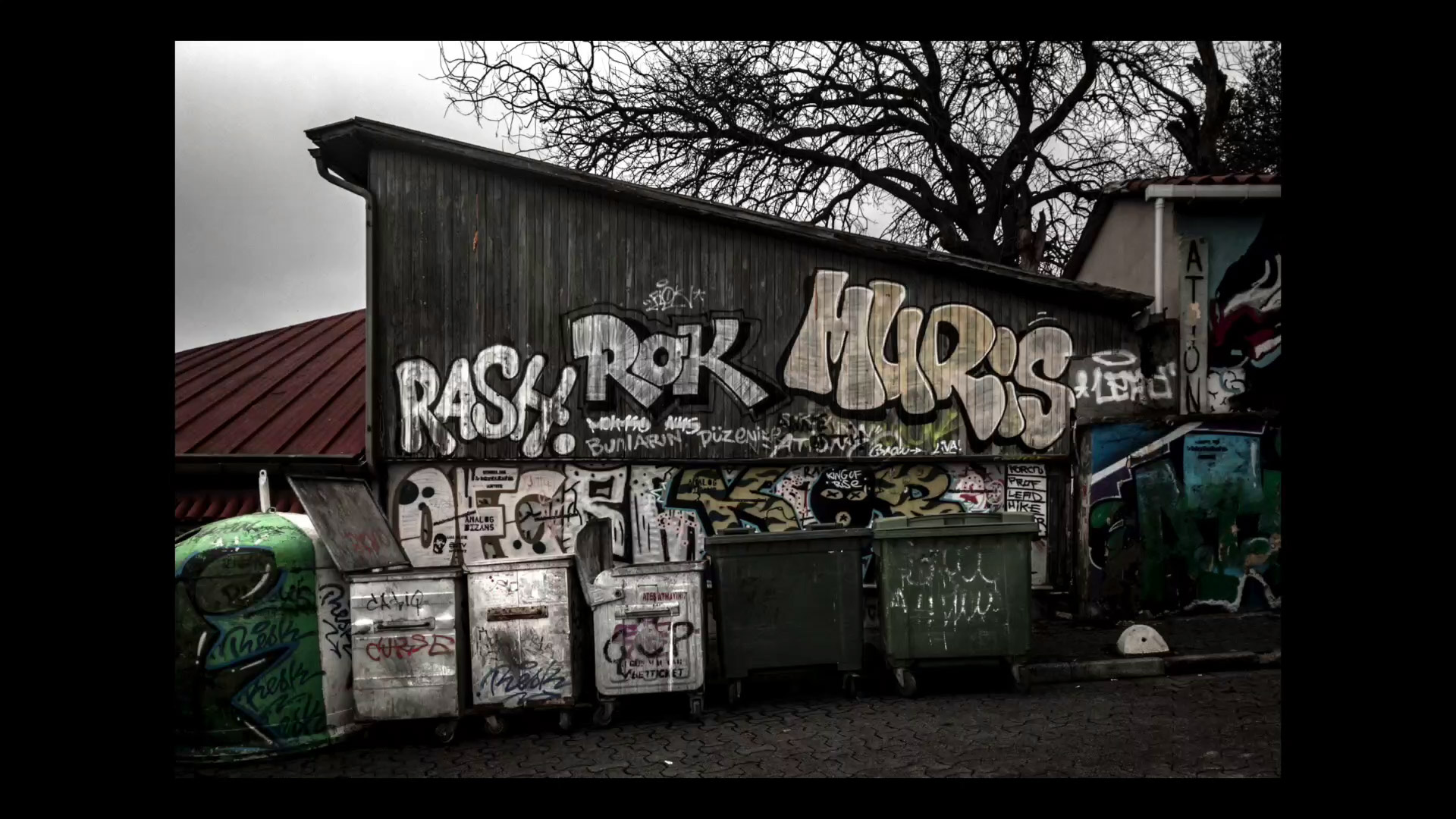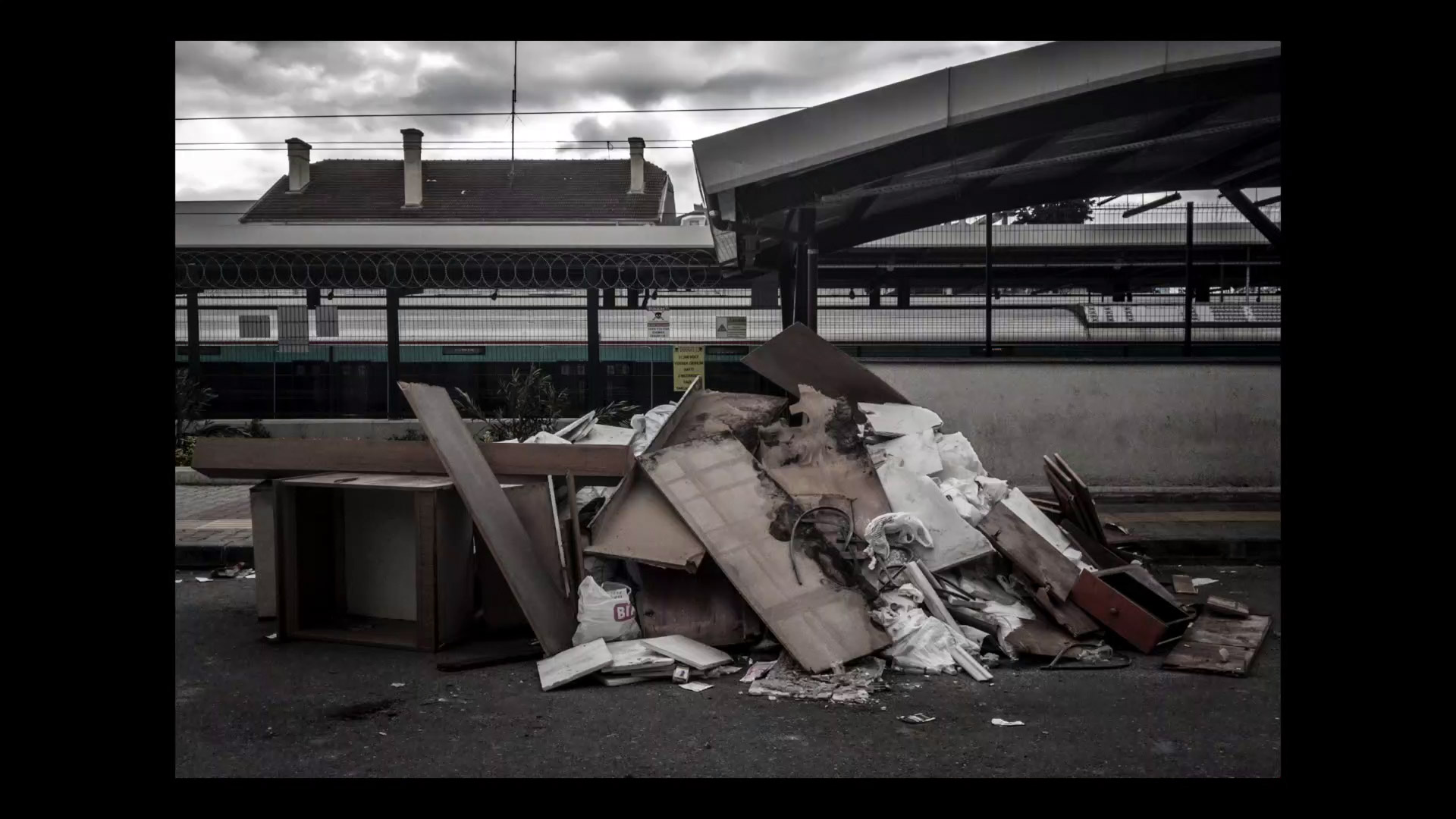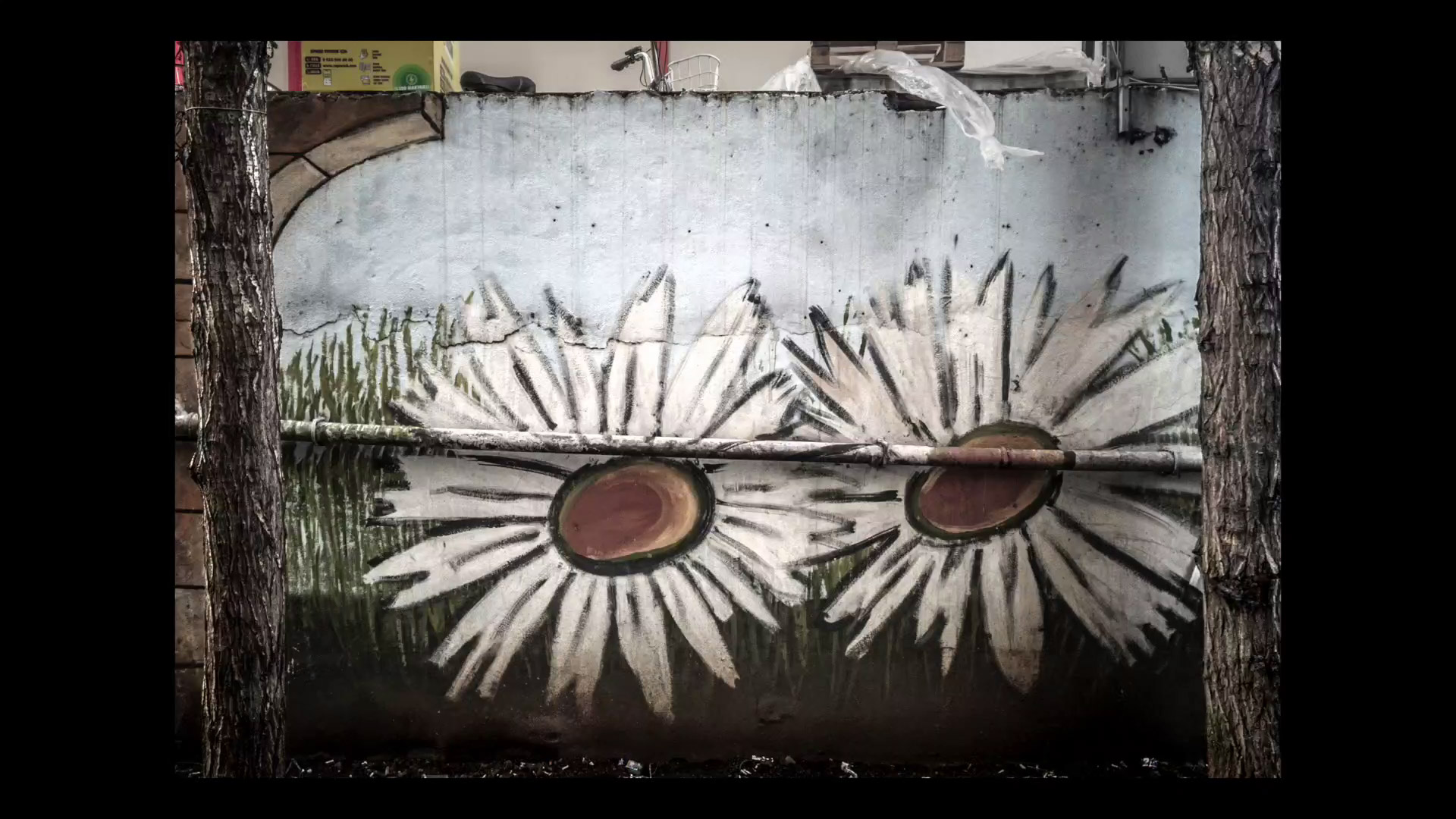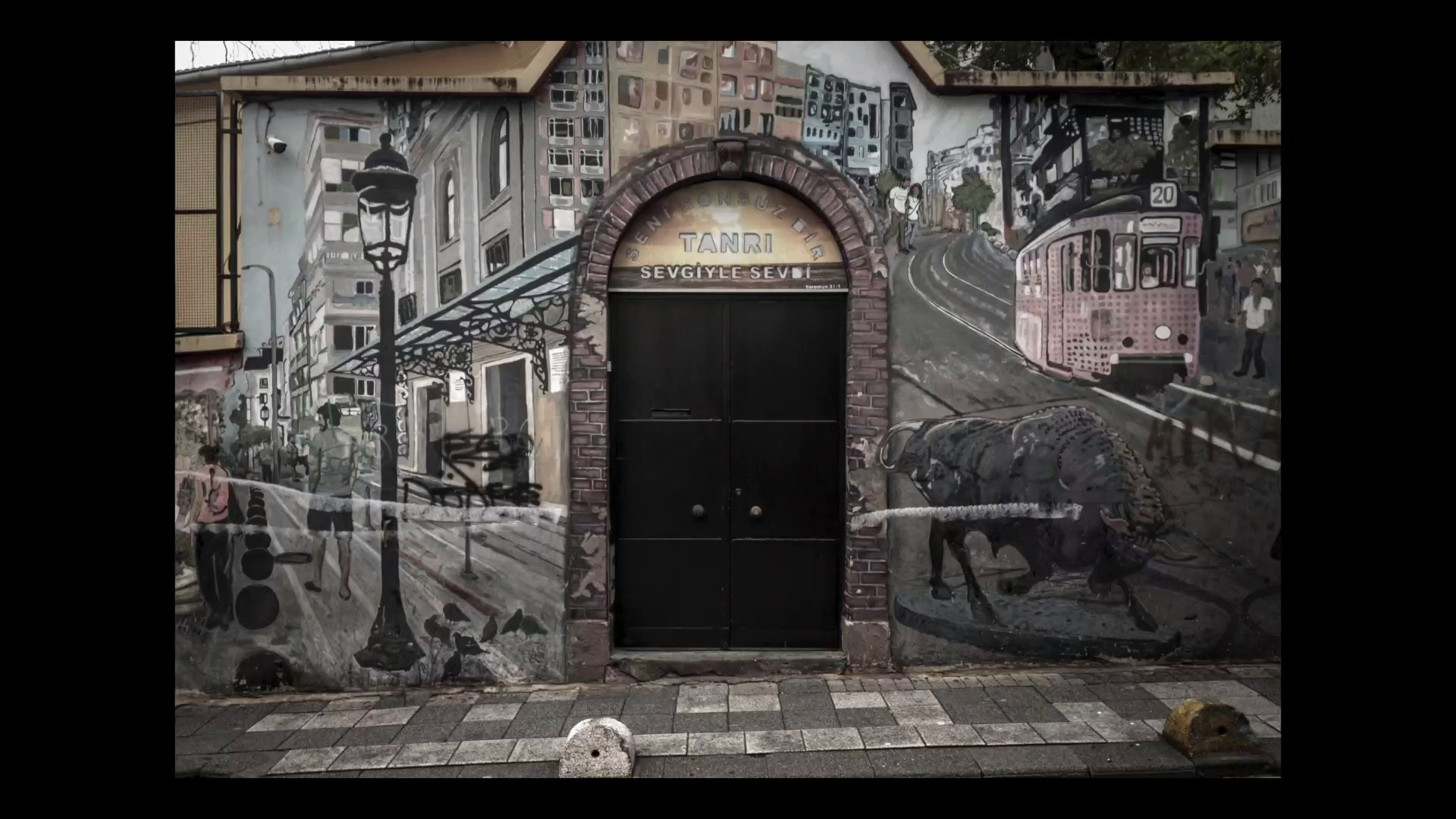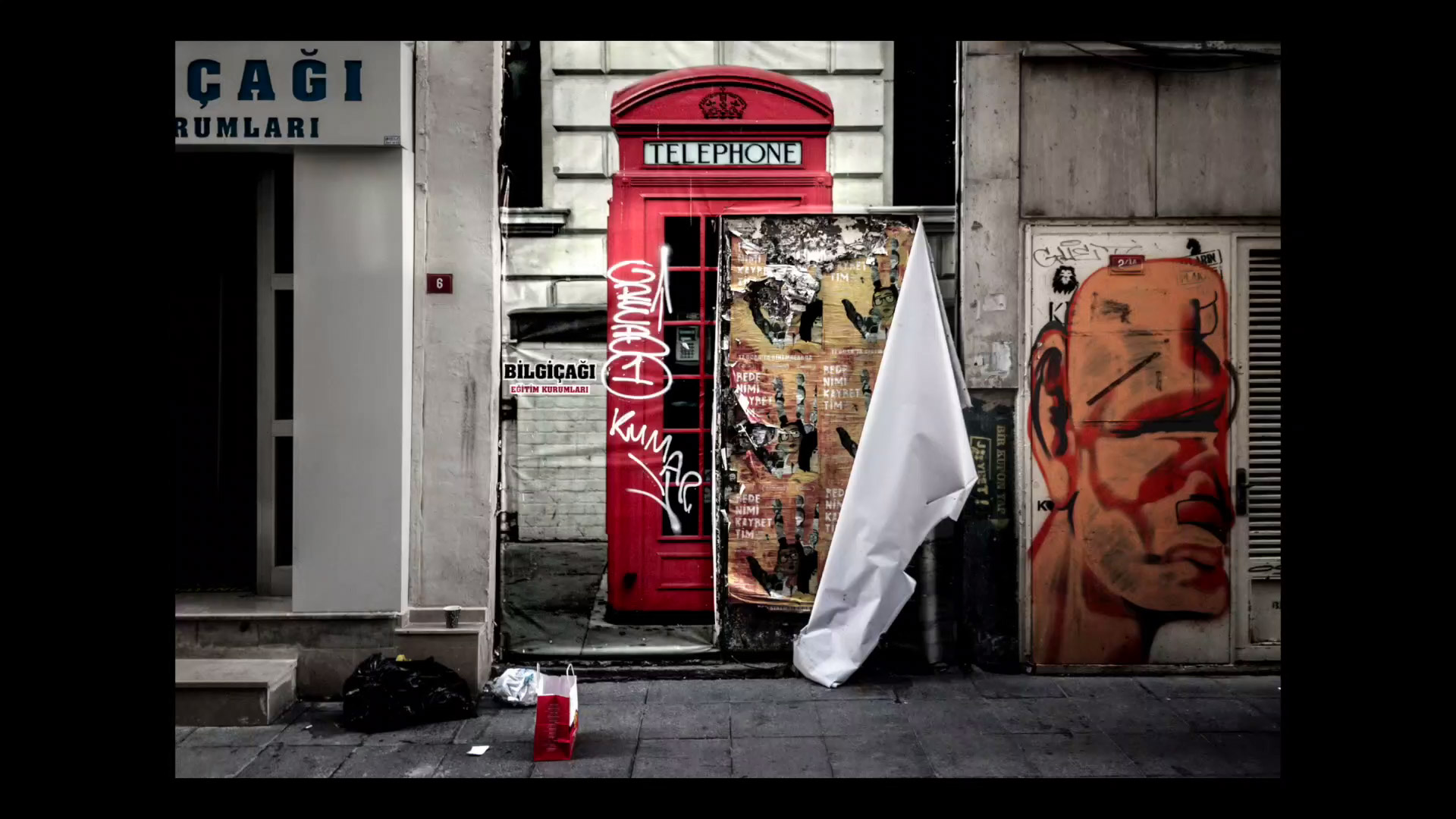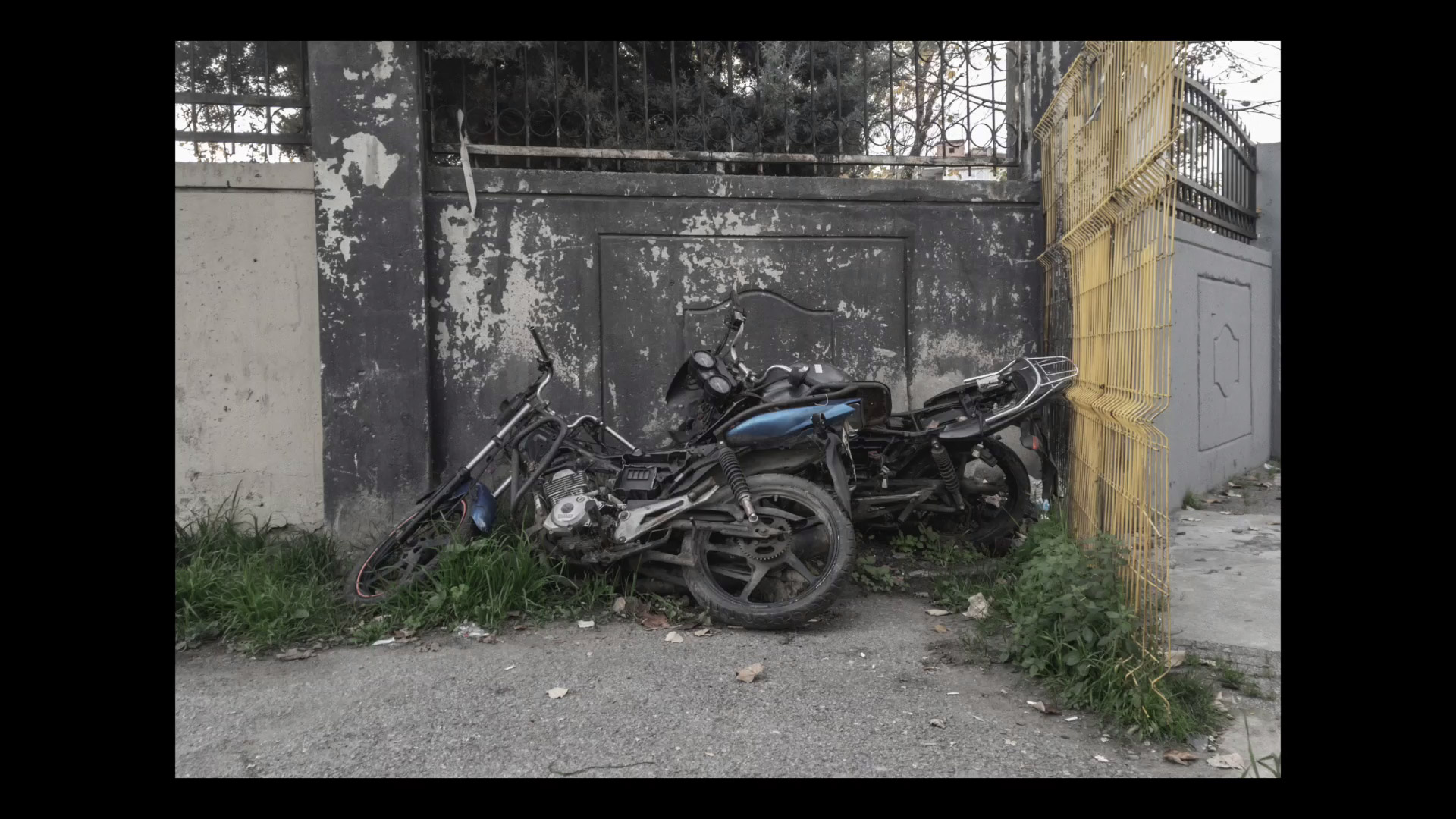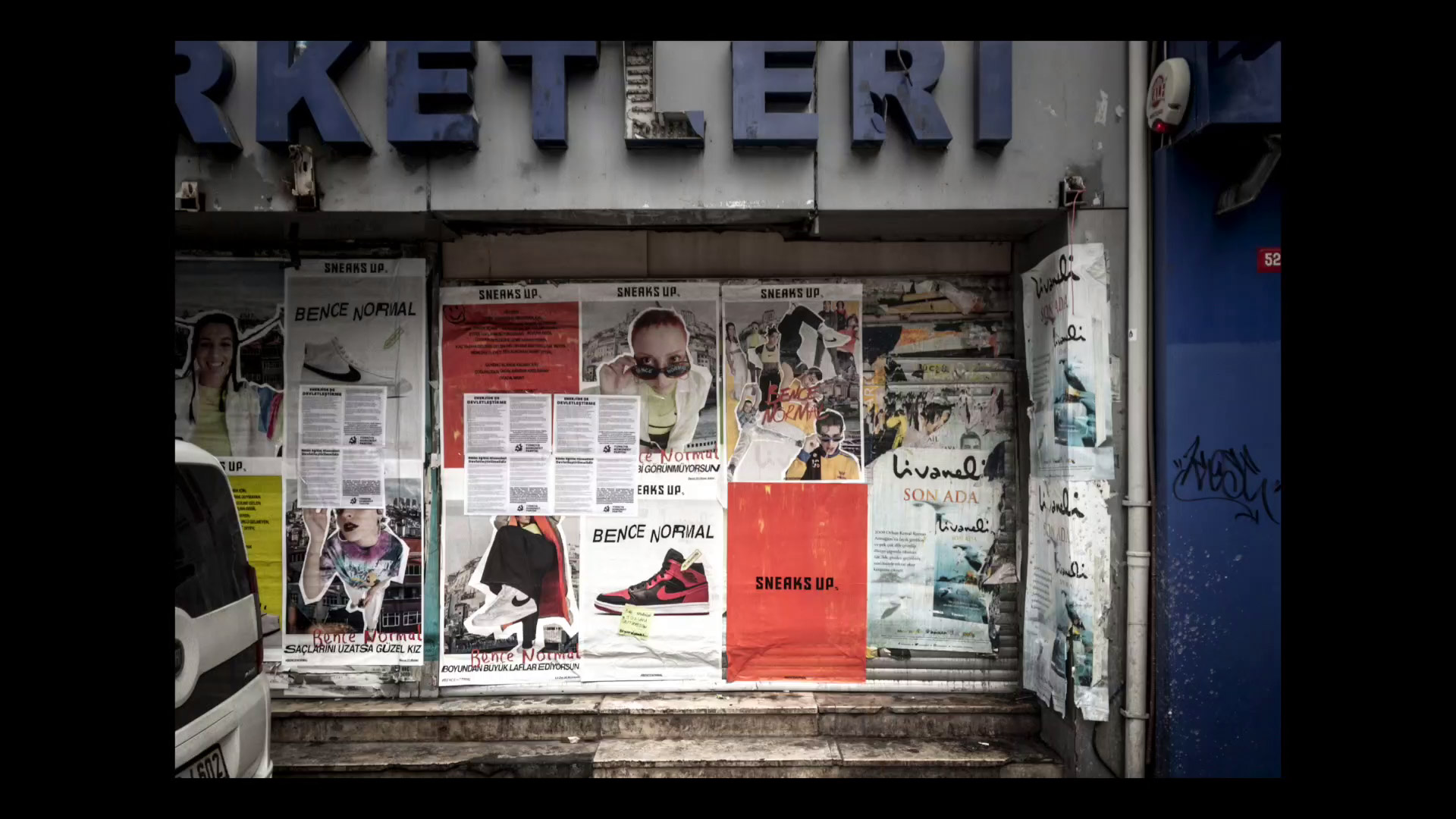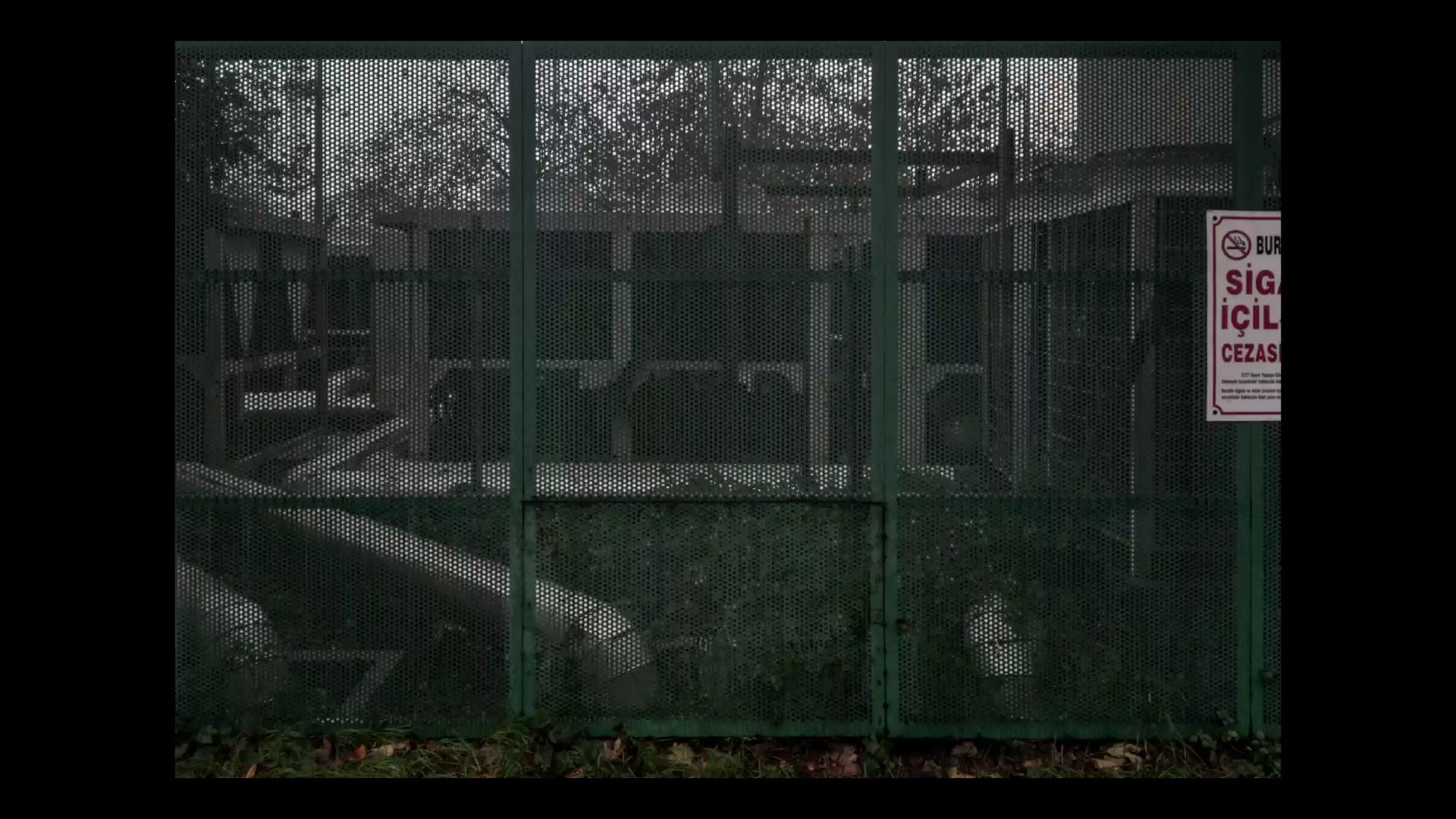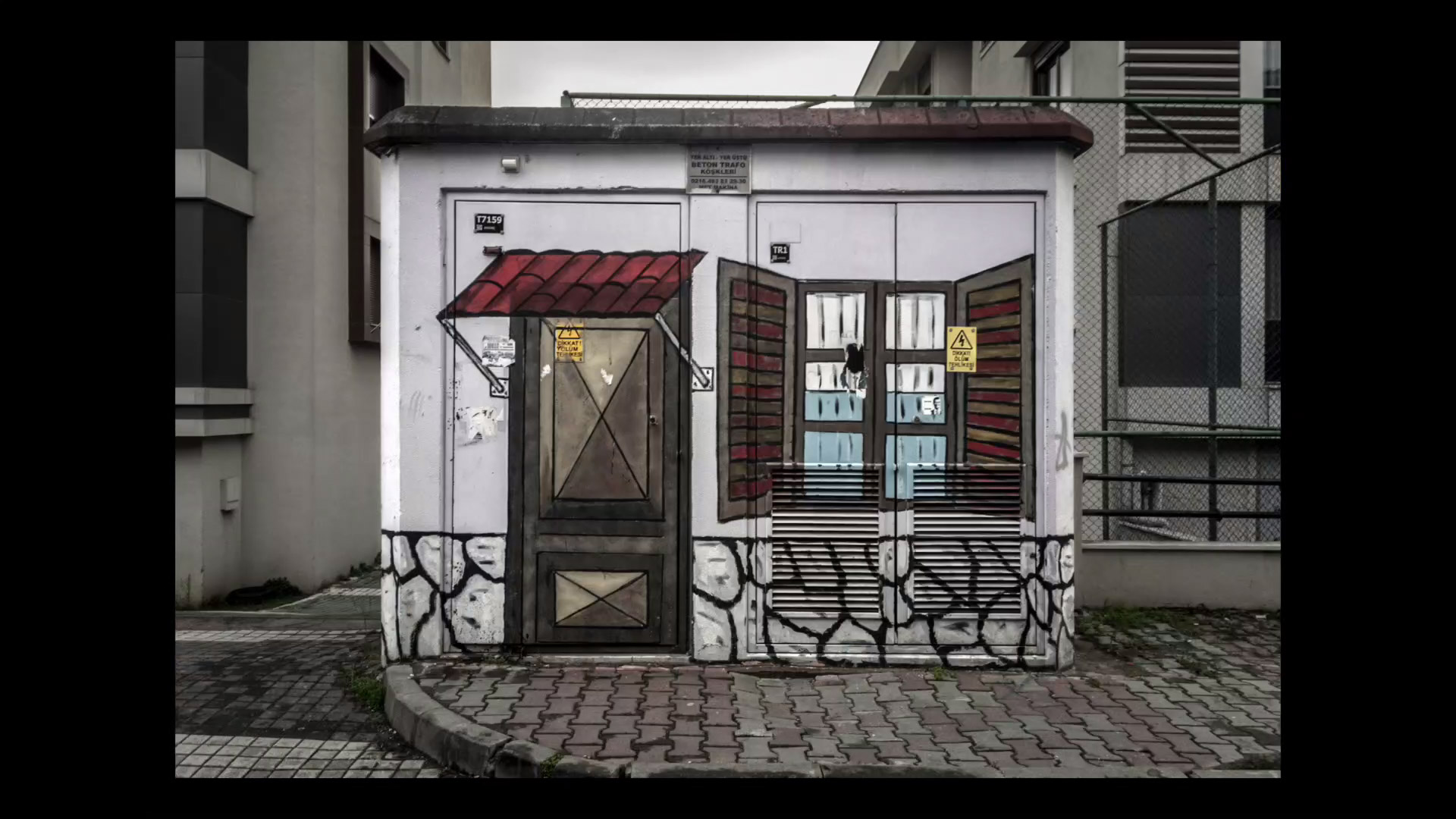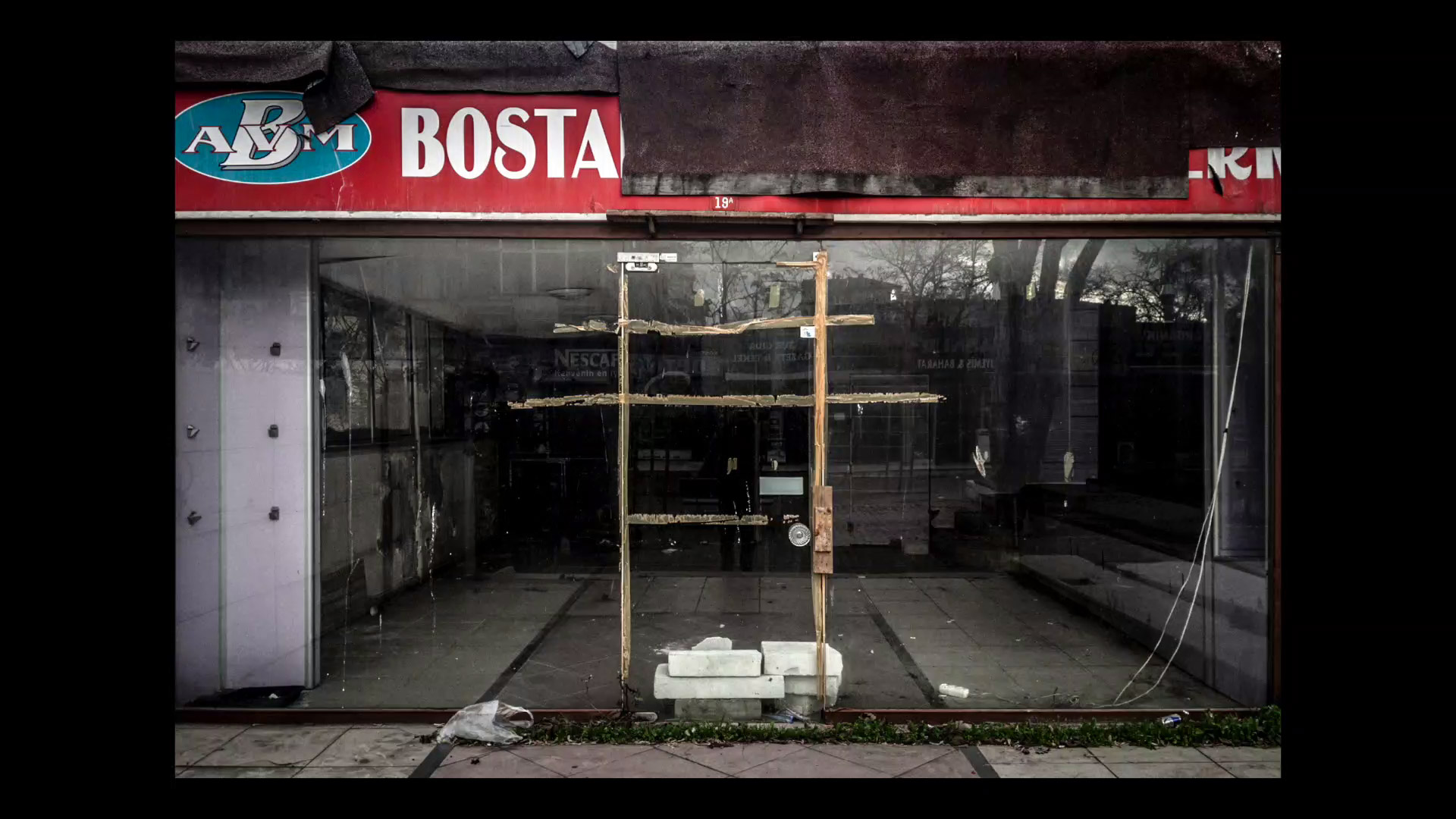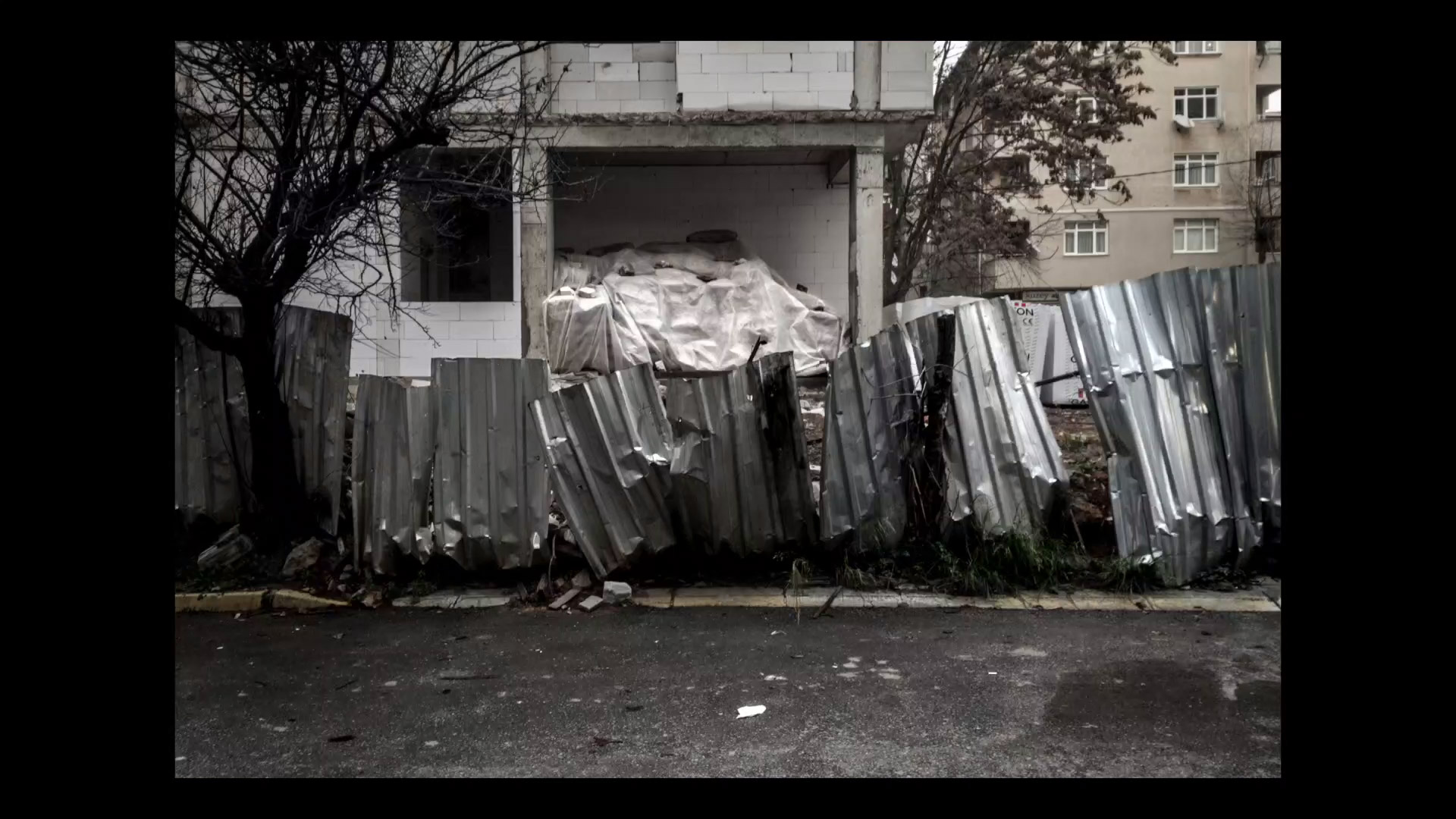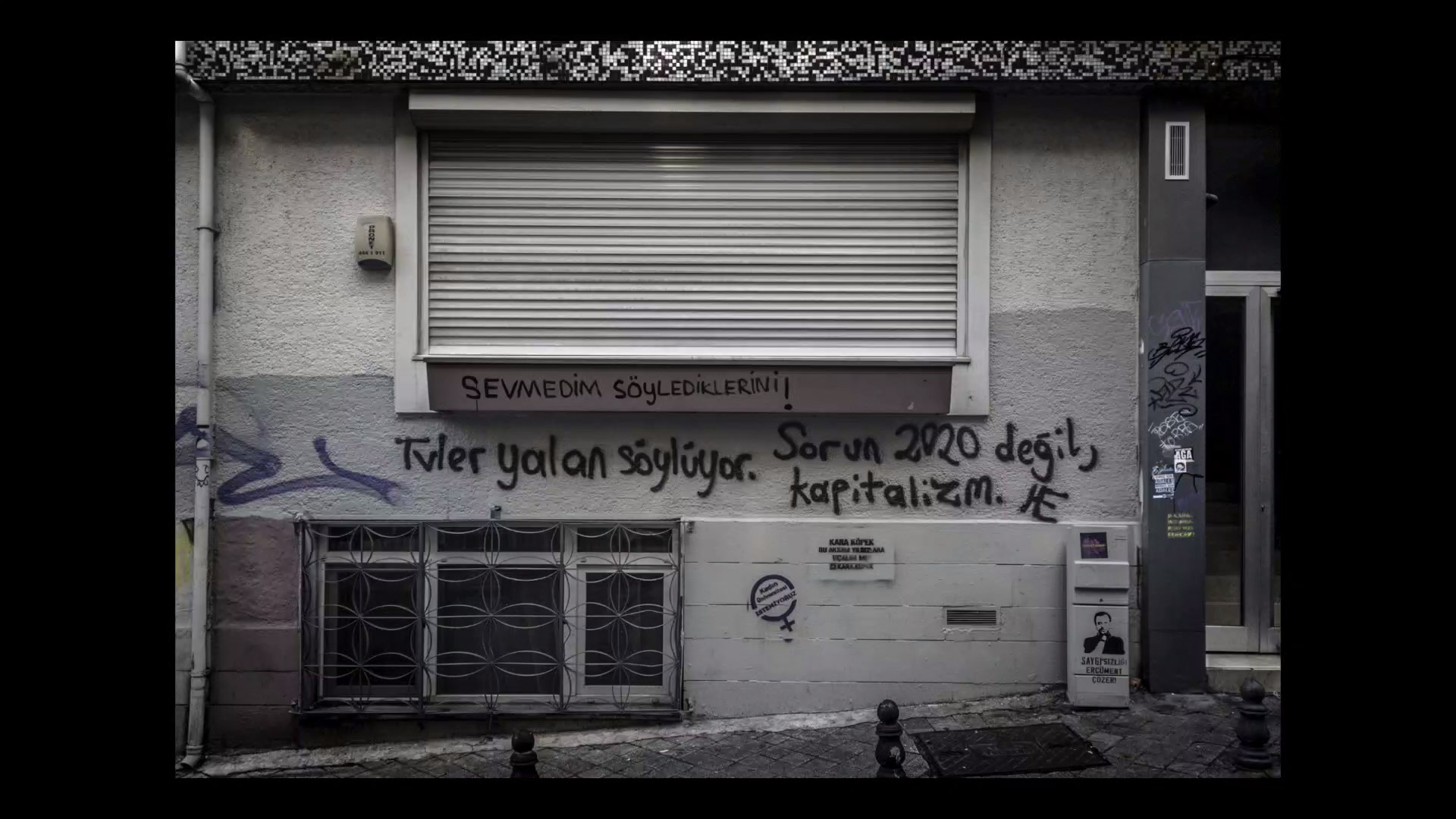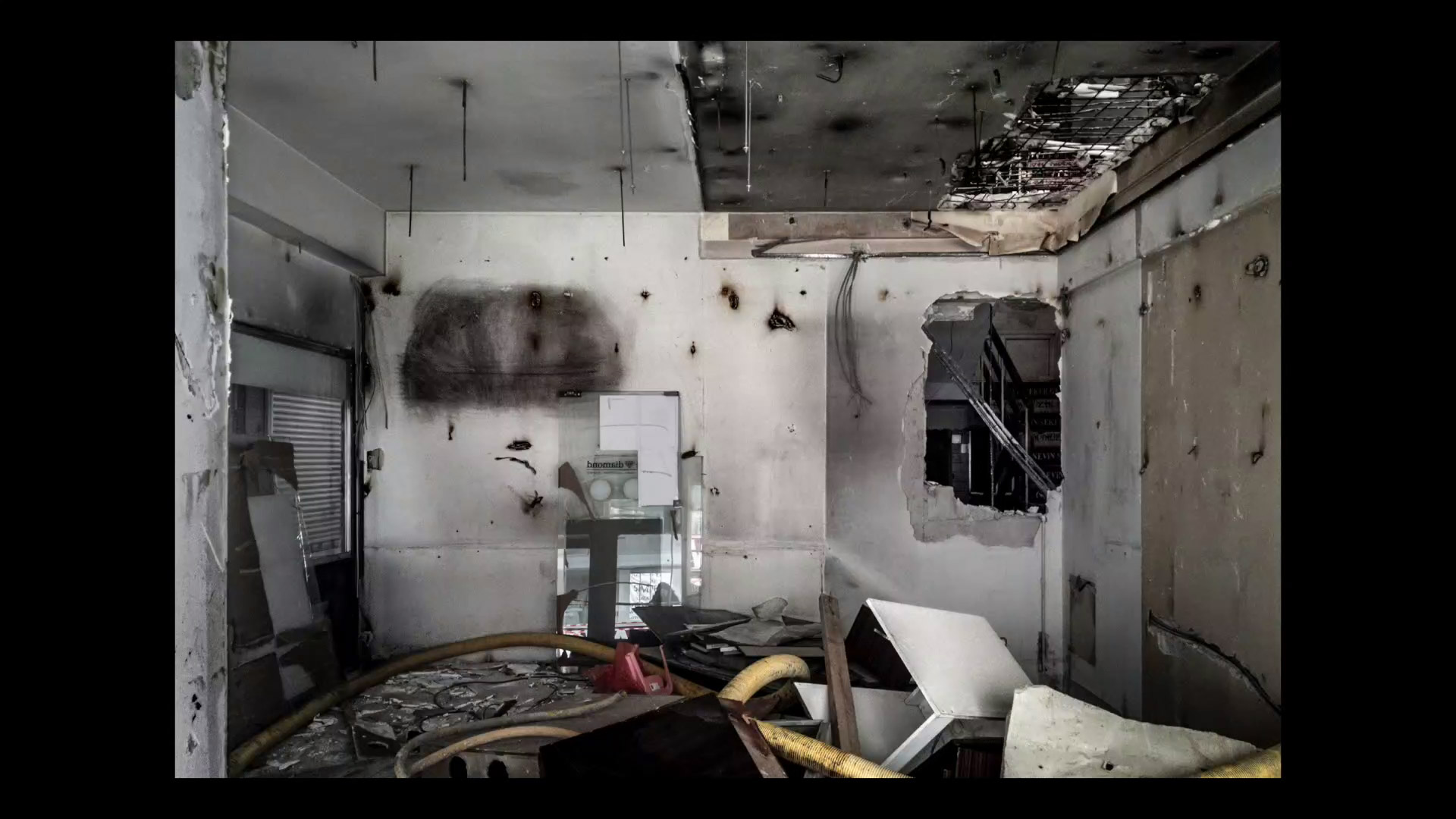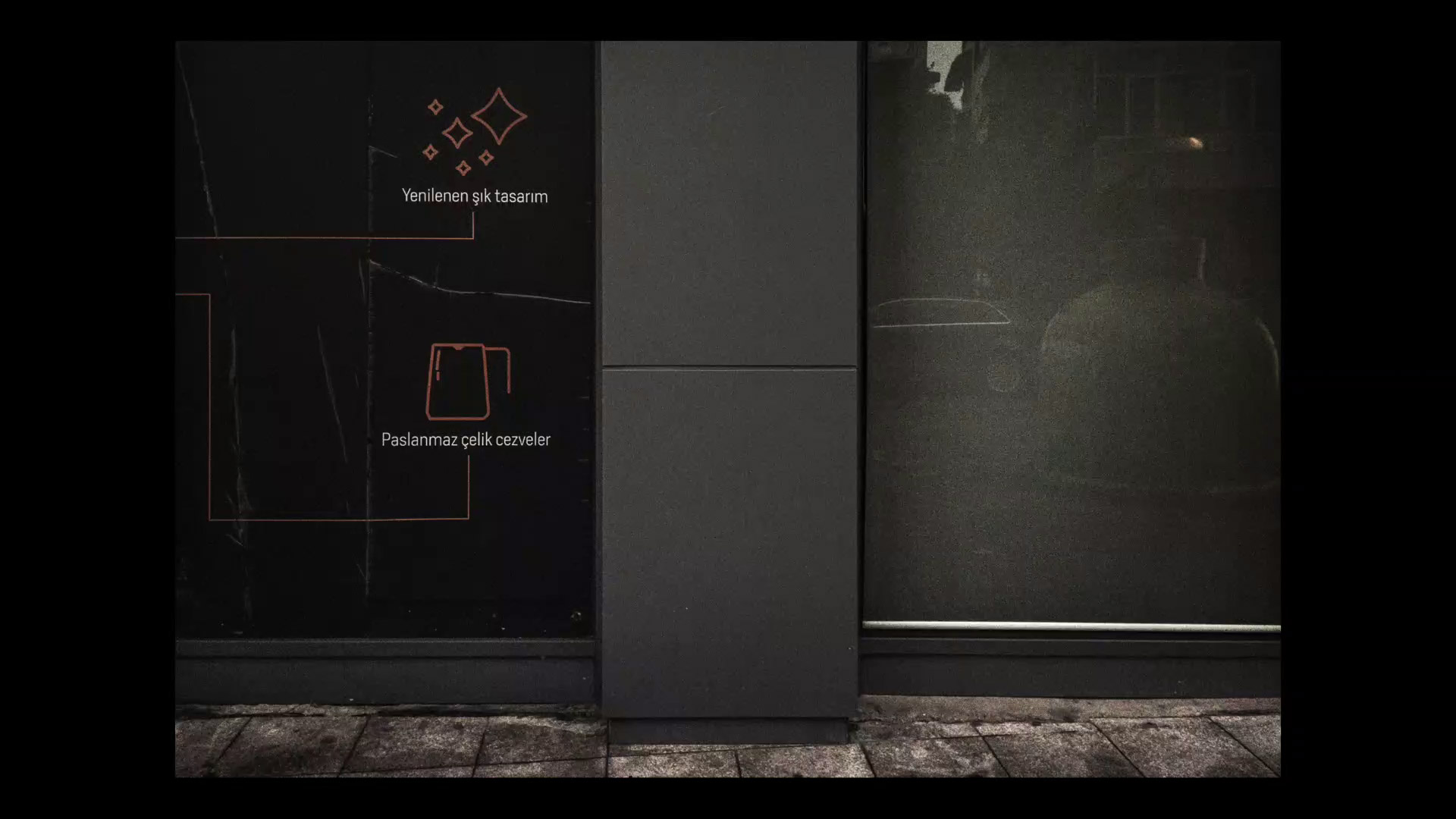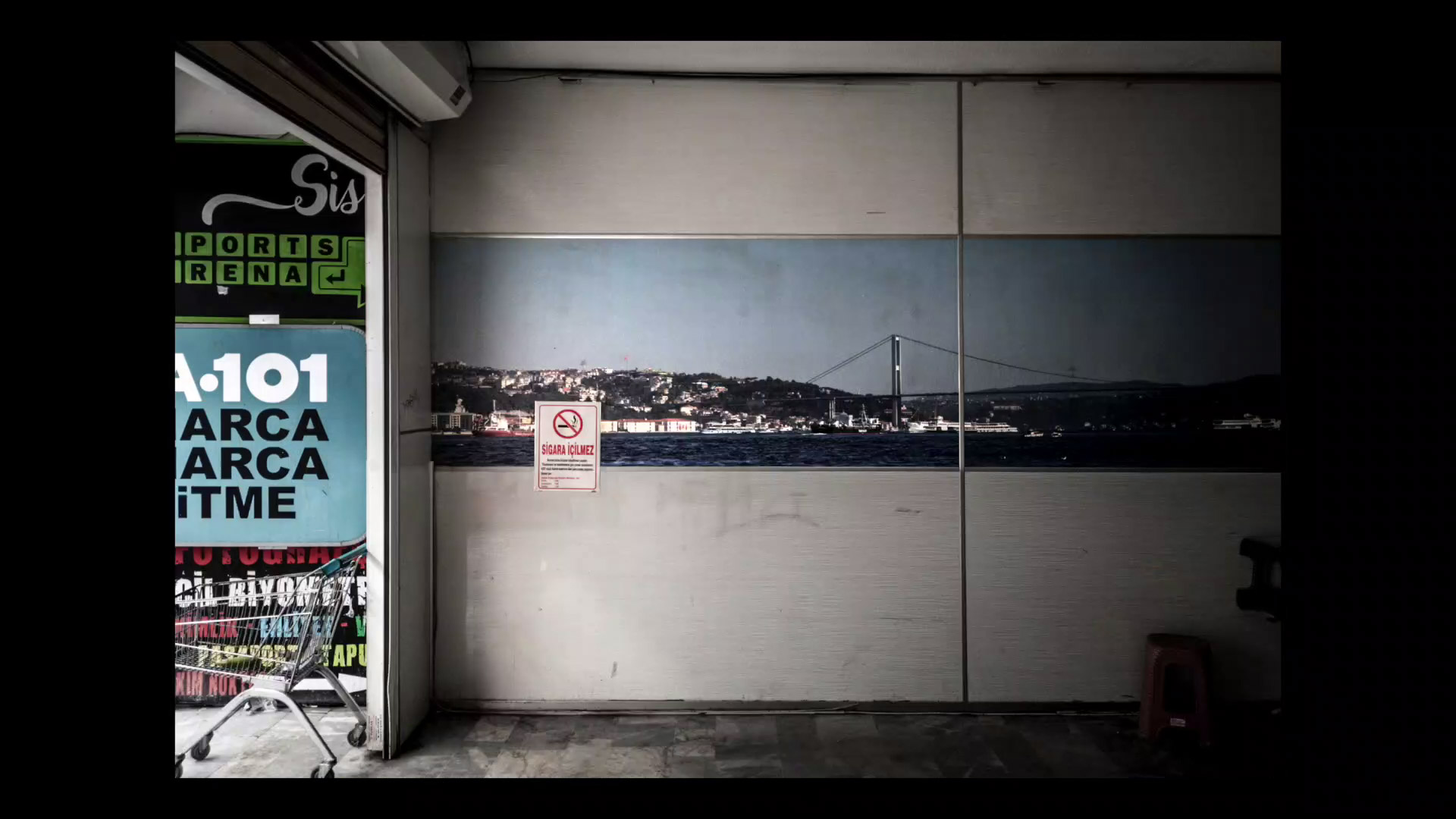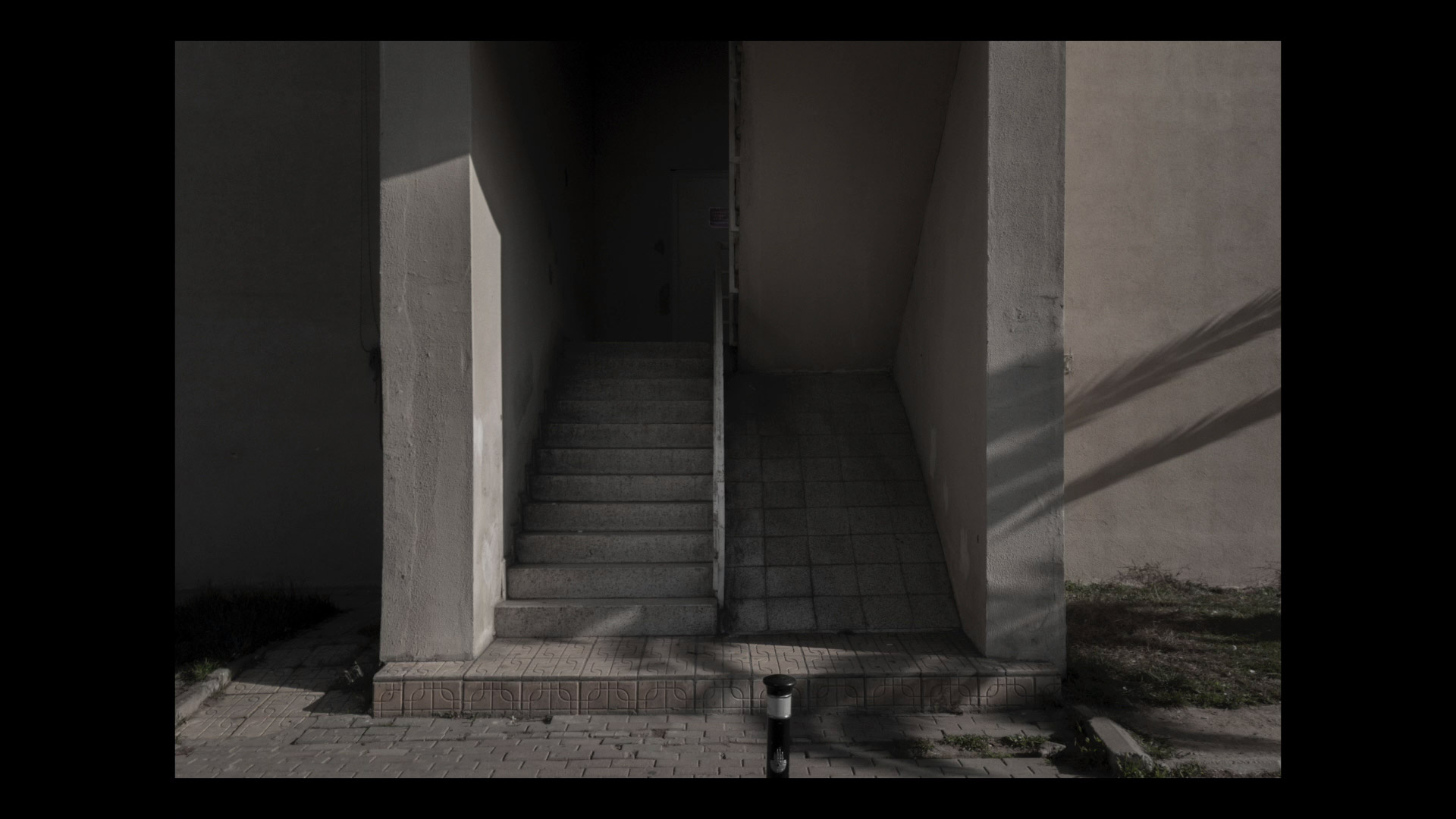The Last 148 Days
HD Video, 40″
2020—2021
In 2020 and 2021, the "New Normal" discussion was predominantly centered on the economic aspects of the post-Covid-19 era. Istanbul was among the most affected cities in Turkey, where the economic downturn became increasingly apparent in everyday life. Maintenance negligence and long-standing infrastructural issues defined the cityscape as a deteriorated urban environment. Shut-up shops, vacant streets, and accumulating images of economic hardship created a visual environment of neglect—one that was disturbing but somehow fixed.
Last 148 Days is a video installation composed of 296 individual photographs shot between the two years. It is more than a seamless film, yet it builds up to a piecemeal visual beat, in which each still is both a standalone document and part of a greater whole. The piece is not narrative in form but rather develops a cumulative momentum, simulating the repetitive and prolonged nature of the crisis. Through piecing together these stalled moments into a formatted timeline, the piece heightens the conflict between movement and immobilization—a characteristic of the era it represents. The intervals between frames mirror the uncertainties of daily life at the time, where change was slow, and each passing day seemed indistinguishable from the last. In this way, the video operates less as a linear story and more as an evolving archive of urban atrophy.
The work was screened as part of "Yapçak Bi’ Şey Yok!", an exhibition held in conjunction with SENKRON: Synchronized Video Exhibitions. The intervention was performed on April 16-30, 2021, in the Darağaç, İzmir, neighborhood which is a locale famous for containing an autonomous collective of artists. Situating the work in the context of this kind of zone, the exhibit then provided a location where to consider how crisis is materialized visually, whose traces were both left in singular memory and even in the body of the city itself.
